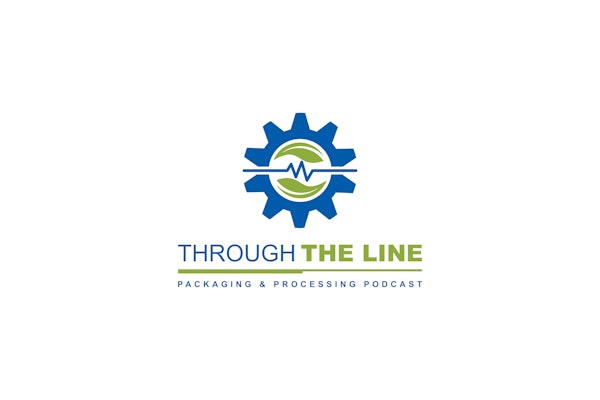However, international commerce can be hindered if companies are forced to comply with multiple regional regulations and standards. In an effort to encourage trade and minimize the burden of conducting business on a global basis, the “movement” has recently come together within the ISO (International Organization for Standardization) to begin the work of harmonizing standards related to packaging and the environment.
The European Union has regulated packaging through its Packaging and Packaging Waste Directive for many years. Annex II of the Directive 94/62/EC on packaging and packaging waste lays down Essential Requirements, and all packaging placed on the market in the European Economic Area must comply with it. Member states may not impede the placing of packaging on the market that meets these requirements. These Essential Requirements can be summed up as follows:
• Packaging and packaging waste weight and volume should be minimized to the amount needed for safety and acceptance of the packed product
• Noxious and other hazardous constituents of the packaging should have minimum impact on the environment at end of life
• Packaging should be suitable for material recycling, energy recovery, composting, or reuse, if reuse is intended
In support of the Directive and the Essential Requirements, the European Commission mandated CEN (the European Committee for Standardization) to develop a series of standards. When packaging complies with the provisions of these standards, it is deemed to be in compliance with the Essential Requirements of the Directive and must not be impeded in the market. The Directive and the associated umbrella standards address packaging waste, source reduction, heavy metals exclusion, dangerous substance removal, reusability, and recycling, along with energy and organic recovery. If ignored, the consequences could be as great as having your product denied access to the EU, including legal challenges. However, noncompliance to the directive is the responsibility of the enforcement agency. If embraced, the EU Packaging Directives encourage a change in company culture to bring about packaging sustainability.

























